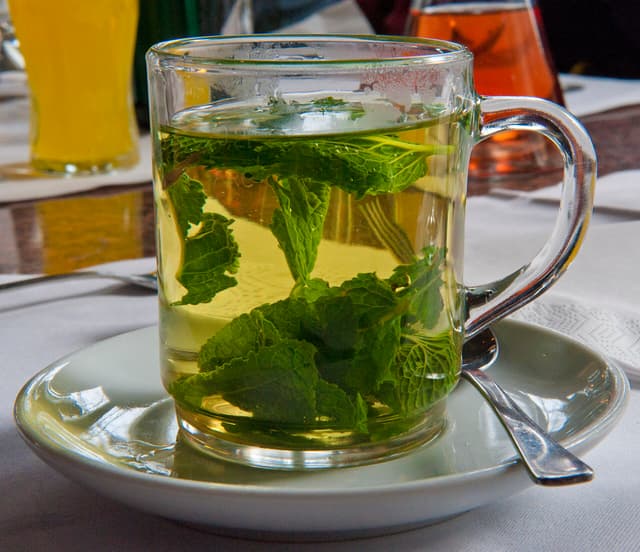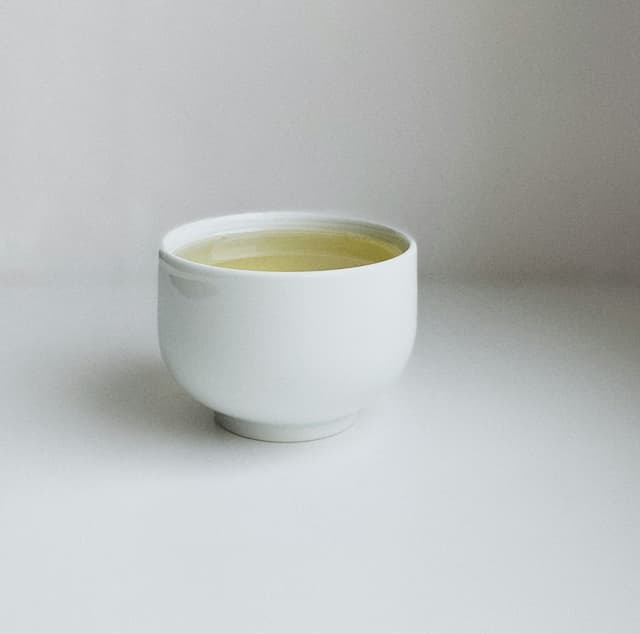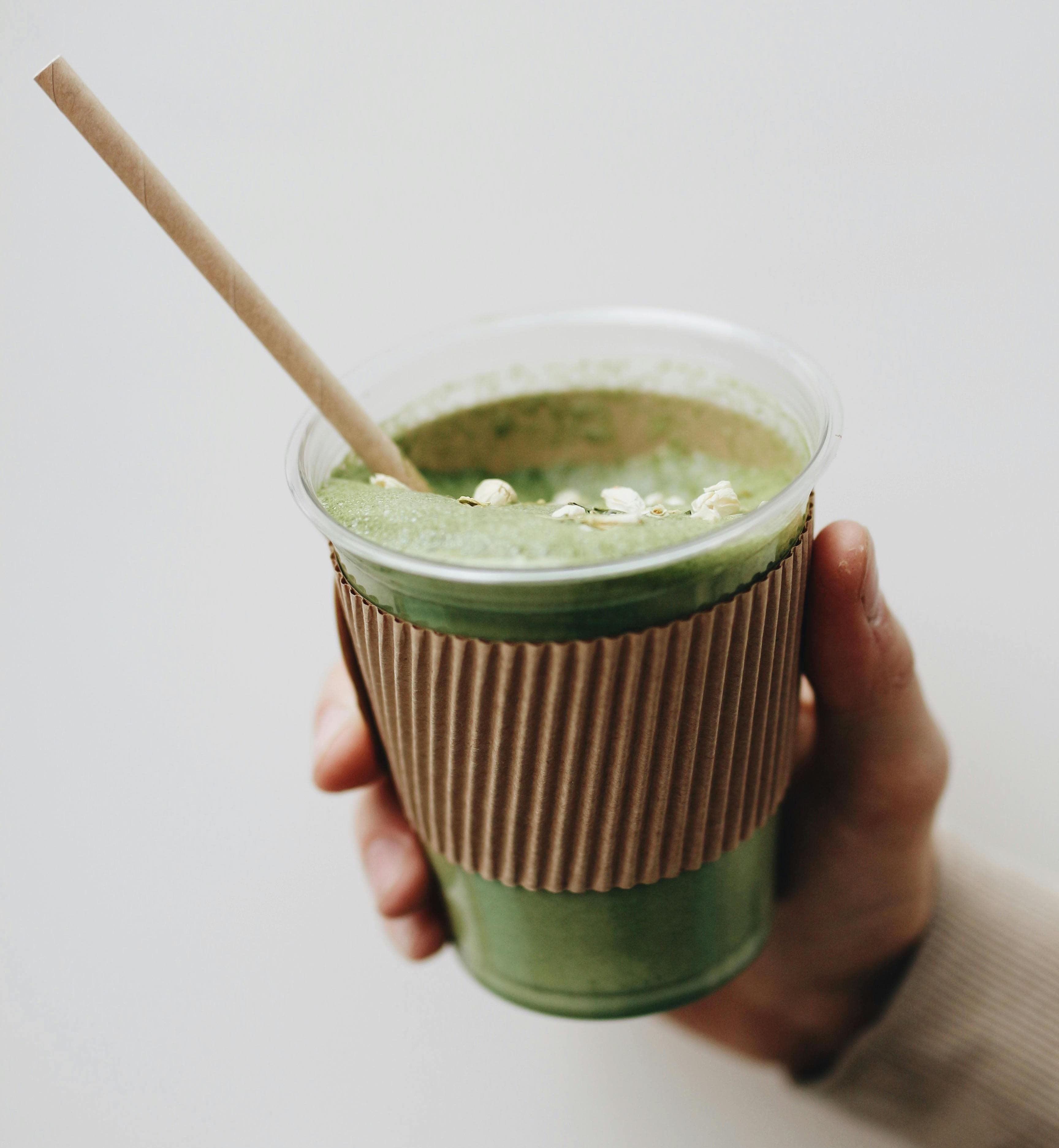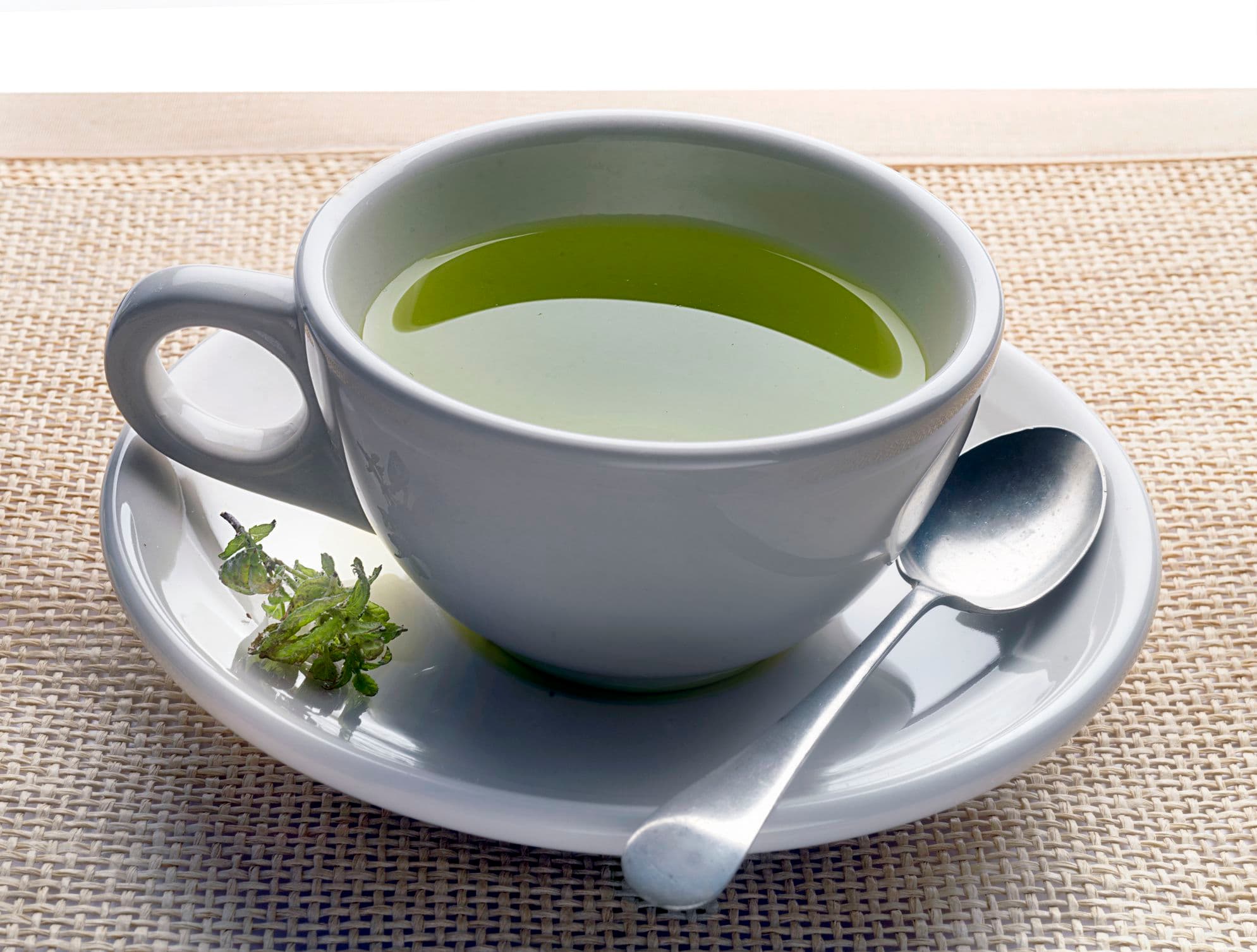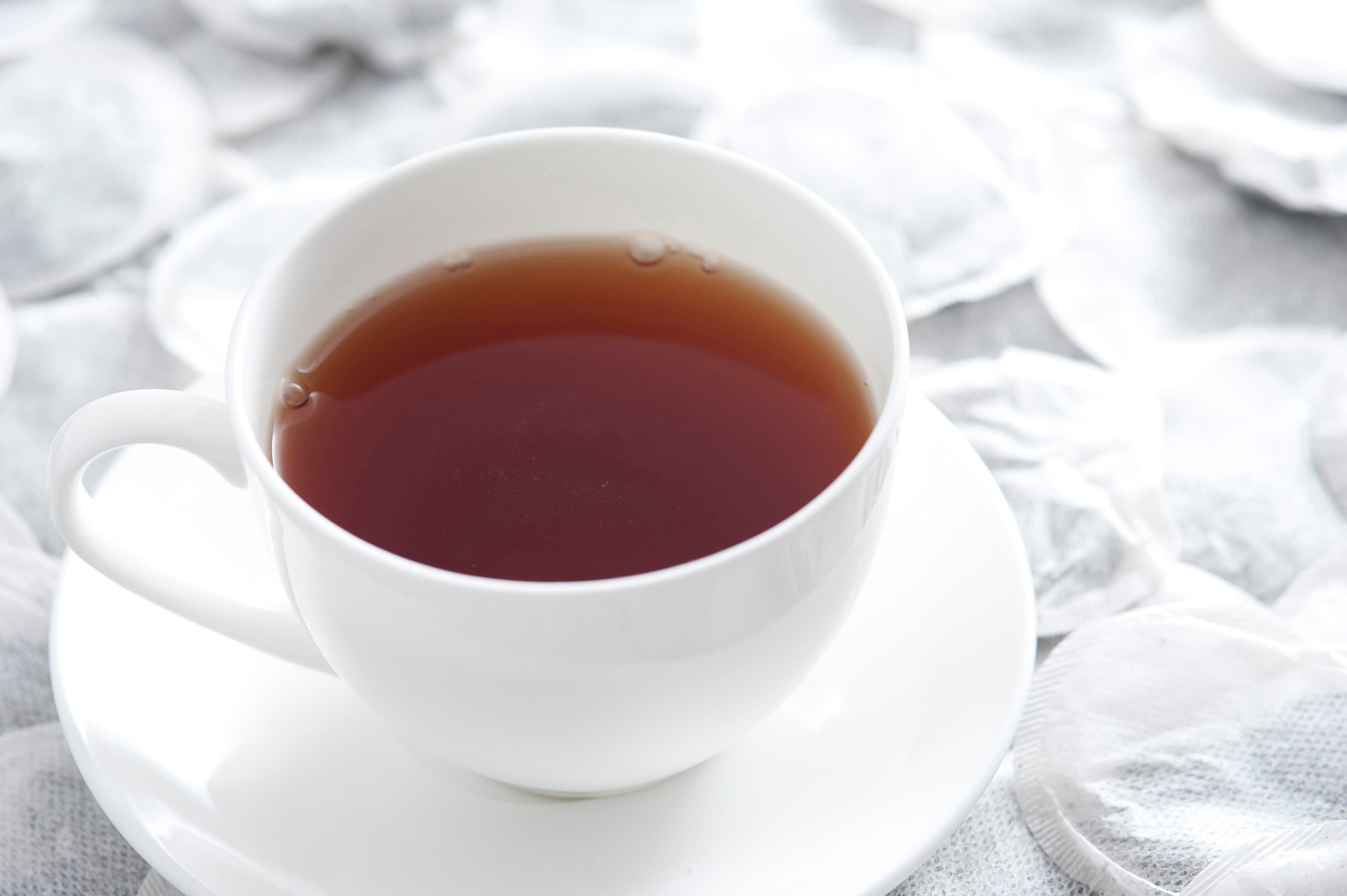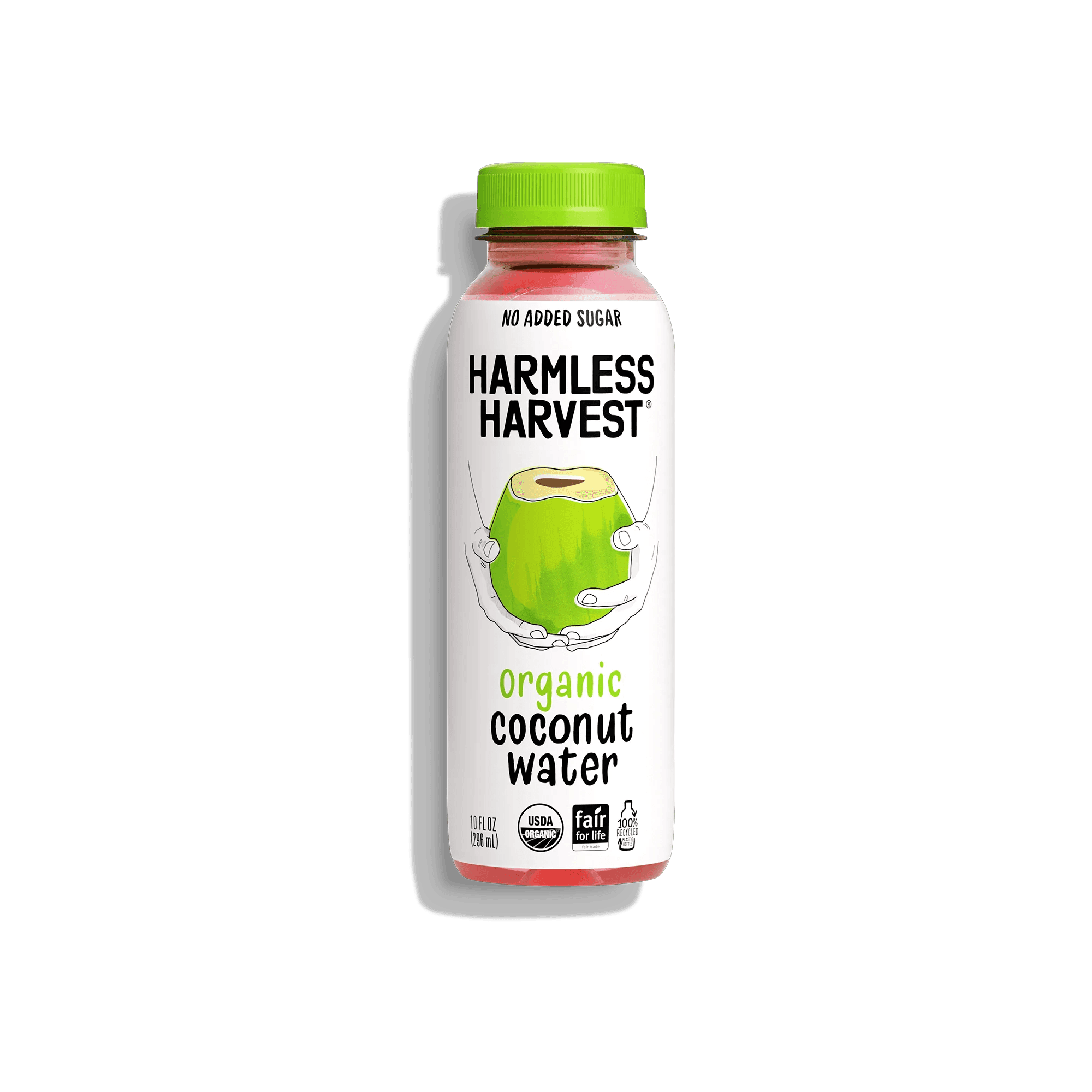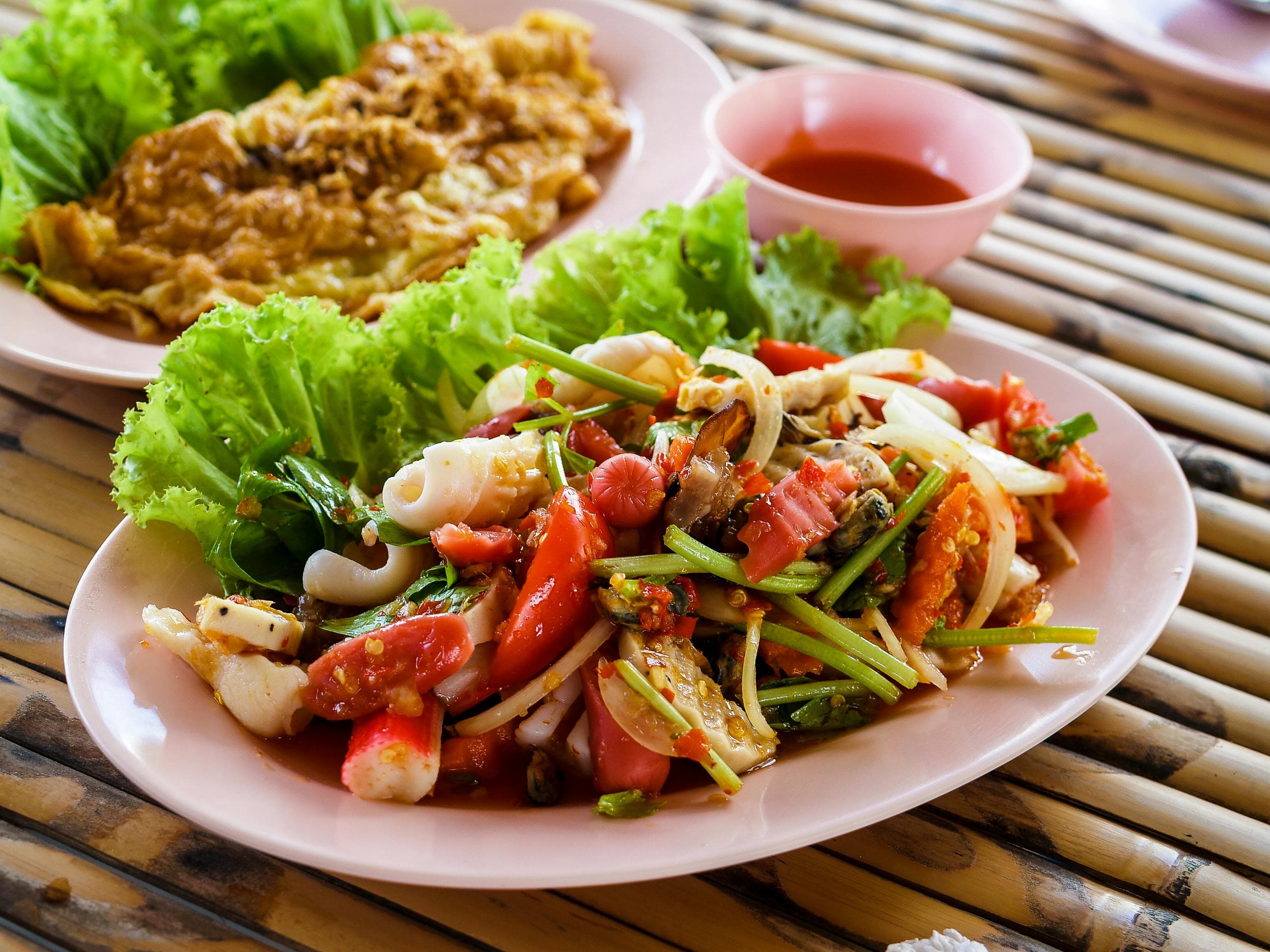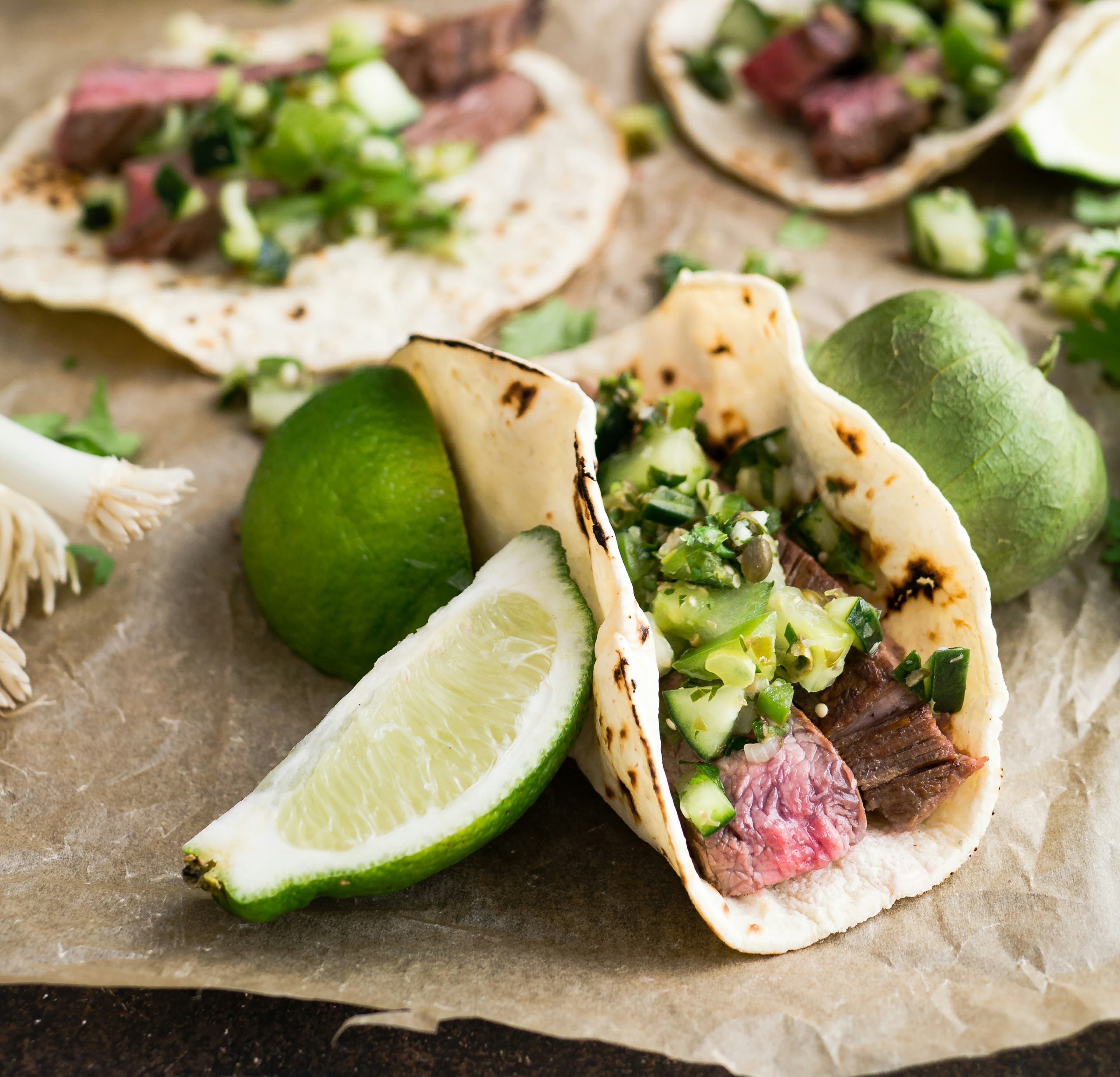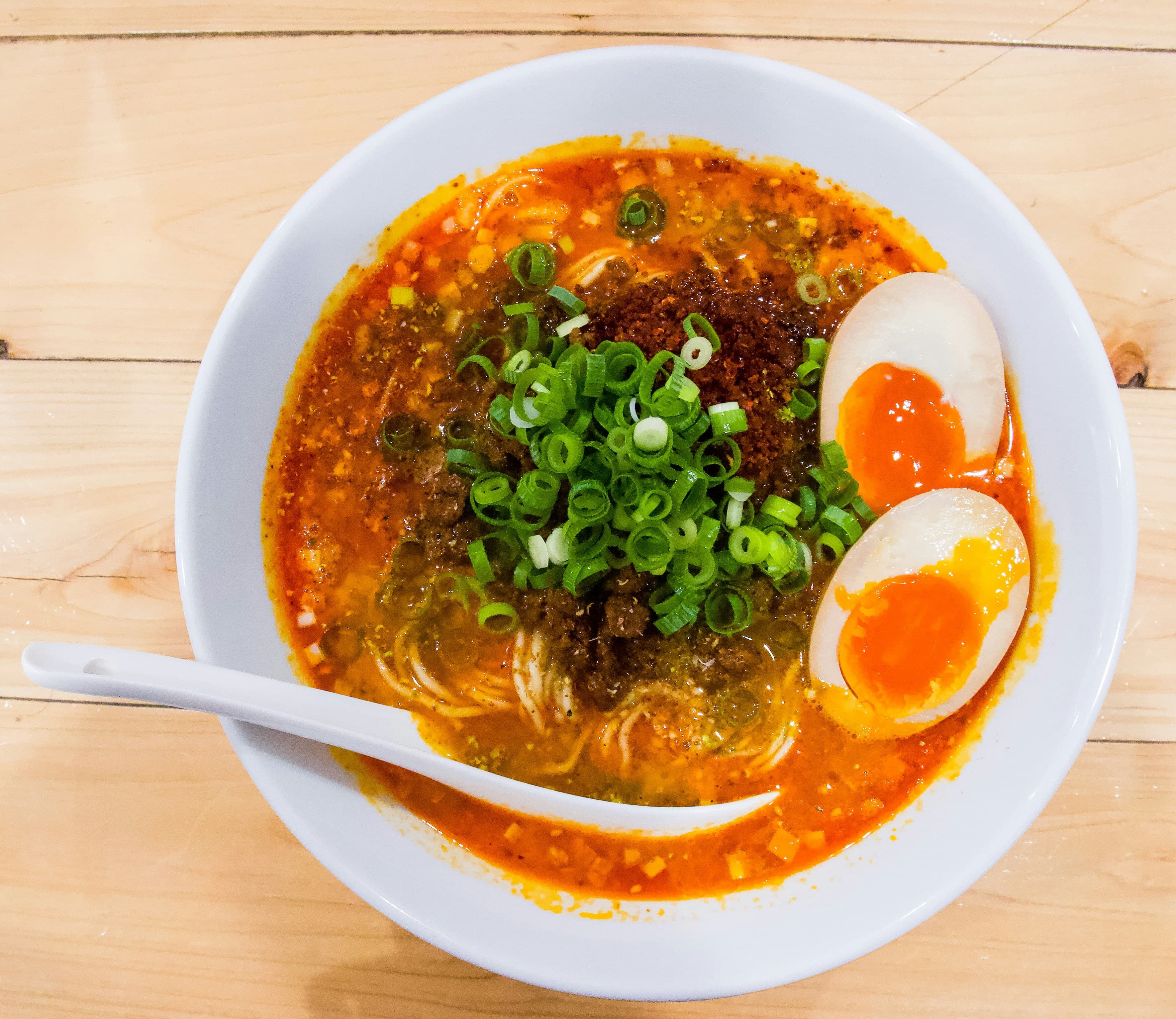Mint Tea vs. White Tea
Mint Tea
Mint tea is a warm drink made by soaking fresh or dried mint leaves in hot water. It’s simple—just mint and water—but the taste is fresh and cool, with a hint of sweetness depending on the type of mint you use. Peppermint tea has a stronger, sharper flavor, while spearmint tea is milder and a bit sweeter. People often drink it to relax or help with digestion. It’s popular in many places around the world—like in Morocco, where it’s made with green tea and lots of sugar, or in India, where mint is sometimes added to chai. In Korea, they have a version called bakha-cha. Making it is easy: boil some water, pour it over the mint leaves, let it sit for a few minutes, and you’re good to go. Some folks like adding honey or lemon, but it’s just as nice plain. The smell alone is pretty calming—fresh, like a garden after rain.
White Tea
White tea is a type of tea made from the young leaves and buds of the Camellia sinensis plant—the same plant used for green and black tea. What makes white tea different is how little it’s processed. The leaves are just picked, withered, and dried. There’s no rolling or heavy oxidation like with black tea, which gives white tea a lighter, more delicate flavor. It’s often described as smooth, slightly sweet, and floral. The name "white tea" comes from the fine, silvery-white hairs on the unopened tea buds, not the color of the brewed tea. When you steep it, the liquid usually comes out a pale yellow. Most white tea comes from China, especially the Fujian province, though other places like Taiwan, Nepal, and parts of India also produce it now. There are different grades of white tea, depending on what part of the plant is used. The highest quality is called Silver Needle (made from just the buds), while others like White Peony or Shou Mei include more leaves. White tea usually h...
Reviews
Reviewed on 2/25/2025
Refreshing and caffeine-free. Popular for its curative effects. Anti-inflammatory.
Reviews
Reviewed on 2/25/2025
| Item | Votes | Upvote |
|---|---|---|
| Caffeine-free | 2 | |
| Refreshing | 2 | |
| Anti-inflammatory | 2 |
| Item | Votes | Upvote |
|---|---|---|
| No cons yet, would you like to add one? | ||
| Item | Votes | Upvote |
|---|---|---|
| Gentle | 1 | |
| Non-oxidized | 1 |
| Item | Votes | Upvote |
|---|---|---|
| No cons yet, would you like to add one? | ||
Frequently Asked Questions
Mint tea is often praised for its refreshing and calming properties, making it a popular choice for relaxation. It is caffeine-free and has anti-inflammatory benefits, which can enhance its soothing effects. In contrast, white tea is known for its gentle flavor and lower caffeine content, but it may not provide the same immediate refreshing sensation as mint tea. Therefore, if relaxation is your primary goal, mint tea may be the better option.
White tea is characterized by its delicate, smooth, and slightly sweet flavor profile, making it one of the most subtle types of tea. Mint tea, while refreshing and flavorful, has a more pronounced taste due to the mint leaves. If you prefer a lighter and more floral taste, white tea would be the better choice, whereas mint tea offers a stronger, more invigorating flavor.
Mint tea is widely recognized for its digestive benefits and is often consumed to help soothe stomach issues. Its anti-inflammatory properties further support digestive health. White tea, while it may have some health benefits, is not specifically noted for aiding digestion. Therefore, if digestive health is your focus, mint tea is the more popular choice.
Both mint tea and white tea are suitable for caffeine-sensitive individuals, as mint tea is naturally caffeine-free. White tea does contain some caffeine, but generally less than black or green tea. If avoiding caffeine entirely is important, mint tea is the better option.
Mint Tea has several pros, including being caffeine-free, refreshing, and having anti-inflammatory properties. There are no cons listed for Mint Tea, making it a popular choice for those looking for a soothing beverage.
Mint Tea is made by soaking fresh or dried mint leaves in hot water. It is a simple drink that consists of just mint and water, although some people like to add honey or lemon for extra flavor.
There are different types of Mint Tea, with peppermint tea having a stronger, sharper flavor, while spearmint tea is milder and a bit sweeter. Additionally, variations exist in different cultures, such as Moroccan mint tea made with green tea and sugar, and bakha-cha in Korea.
Mint Tea is often consumed for its relaxing properties and potential digestive benefits. It is also noted for its anti-inflammatory effects, making it a soothing choice for many.
To prepare Mint Tea, simply boil some water, pour it over fresh or dried mint leaves, let it steep for a few minutes, and enjoy. It's a quick and easy process that results in a refreshing drink.
White tea is a type of tea made from the young leaves and buds of the Camellia sinensis plant. It is minimally processed, involving just picking, withering, and drying the leaves, which results in a lighter, more delicate flavor compared to green and black teas. The brewed tea typically has a pale yellow color and is often described as smooth, slightly sweet, and floral.
The pros of White Tea include its gentle flavor and non-oxidized nature, which contributes to its delicate taste. There are currently no cons listed for White Tea, making it a favorable choice for tea enthusiasts.
Most White Tea comes from China, particularly the Fujian province. However, it is also produced in other regions such as Taiwan, Nepal, and parts of India.
White Tea has different grades based on the parts of the plant used. The highest quality is known as Silver Needle, which is made exclusively from the buds. Other grades include White Peony and Shou Mei, which contain more leaves.
White Tea generally has less caffeine than black or green tea, but the caffeine content can vary depending on how it is made and brewed. Some cups may have a little caffeine, while others can have more.
